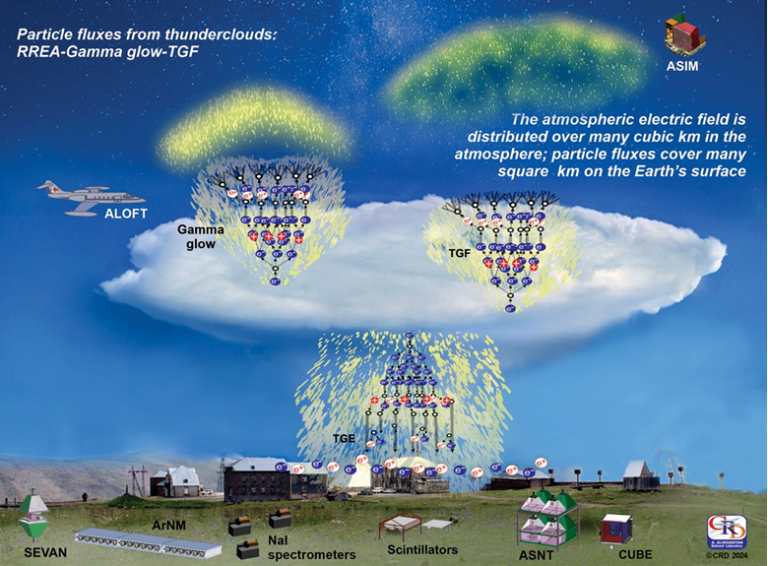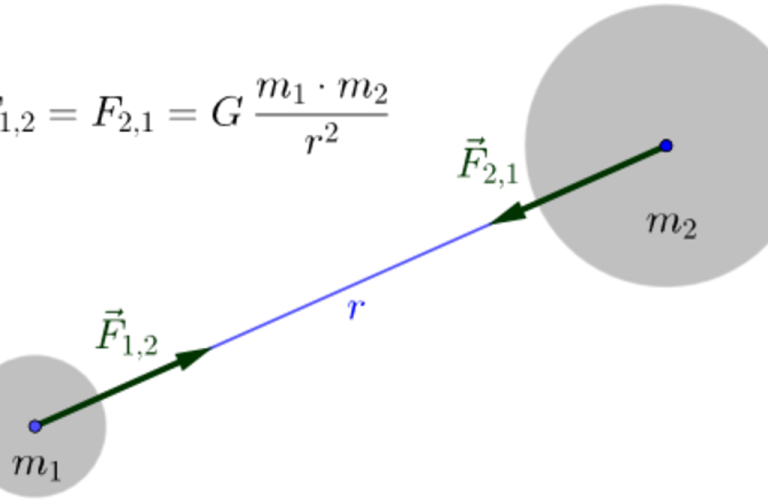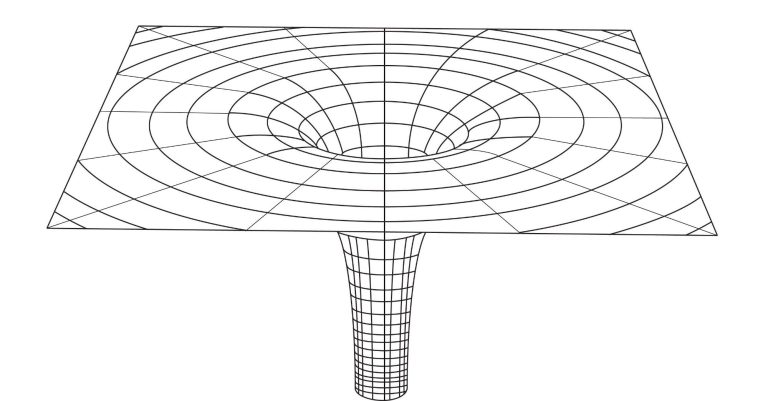Science Advance.
Science Advance. open online journal
Science Advance. is a non-profit open-online peer-reviewed journal for all scientific and related fields. "An effort by researchers and for researchers to make science more open and better known publishing more efficient and transparent."
"I love the idea that acceptance is based on quality of work, not whether it's trendy or established."
|New publications:
Runaway processes in the upper and lower atmosphere: a change of paradigm
A. Chilingarian
Relativistic Runaway Electron Avalanches (RREA) are central to understanding a spectrum of high-energy atmospheric phenomena, including Terrestrial Gamma-ray Flashes (TGFs), Thunderstorm Ground Enhancements (TGEs), and gamma-ray glows. Despite their common physical origin, these events are often treated separately due to differences in detection methods, duration, and altitude...
Quark model of nucleons generating all fundamental forces
M.B. Blau
In this work we present the construct that a nucleon has a structural wave function which identifies hundreds of m/r-distributed, simultaneously present, active sea-quark and antiquark pairs with alternating negative and positive charges, which move freely according to a combined quark MIT bag ...
Sea quarks revisited
Melissa B. Blau
In this letter we derive a relation which shows that sea quarks while briefly orbiting inside a nucleon are not only generated in the gluon field of the strong interaction or through vacuum fluctuations, but rather created by the constantly released electromagnetic energy between the charged, short-lived and sea quark and antiquark pairs, a model, which can also explain the unexpected large mass of a nucleon and the two directions of the nucleon's spin.
The Heisenberg principle as the source of gravity and space-time curvature
Melissa B. Blau
The theory of General Relativity describes the attraction of masses through space-time curvature. But how can masses cause space-time curvature? Is there a physically tangible background for this, beyond the abstract energy-momentum tensor as the “source term”?








